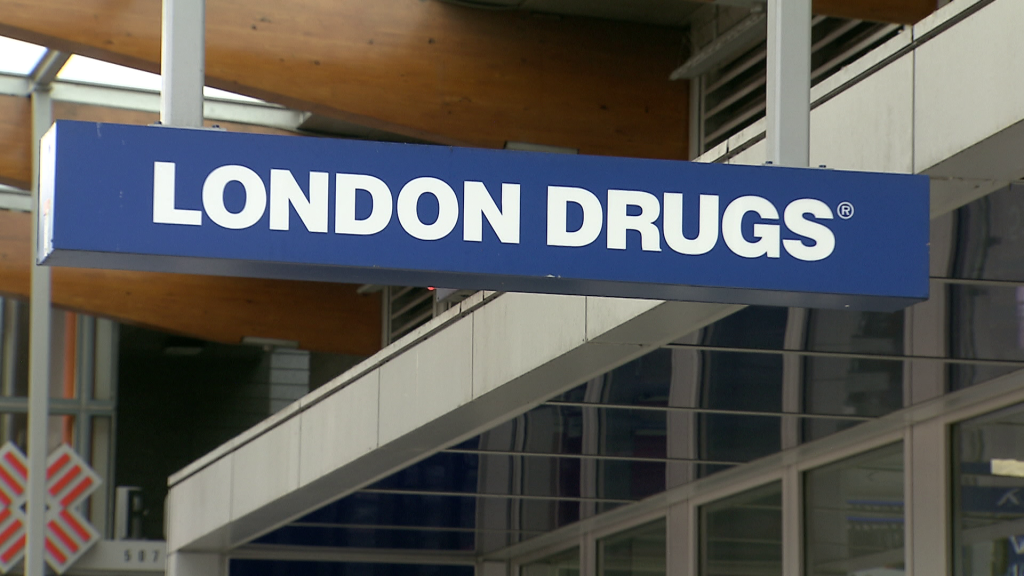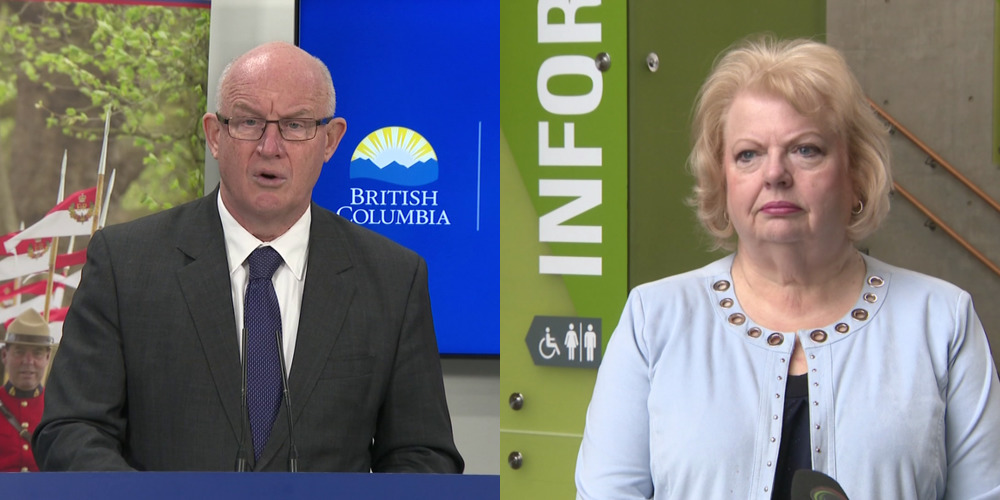Ferguson shooting leads to passage of 40 new measures in US states; activists seek more change
Posted August 2, 2015 2:25 pm.
Last Updated August 2, 2015 3:20 pm.
This article is more than 5 years old.
JEFFERSON CITY, Mo. – When a white Ferguson policeman fatally shot a black 18-year-old nearly a year ago, the St. Louis suburb erupted in violent protests and Americans took notice. Since then, legislators in almost every state have proposed changes to the way police interact with the public.
The result: Twenty-four states have passed at least 40 new measures addressing such things as officer-worn cameras, training about racial bias, independent investigations when police use force and new limits on the flow of surplus military equipment to local law enforcement agencies, according to an analysis by The Associated Press.
Despite all that action, far more proposals have stalled or failed, the AP review found. And few states have done anything to change their laws on when police are justified to use deadly force.
Civil rights leaders praised the steps taken by states but said they aren’t enough to solve the racial tensions and economic disparities that have fueled protests in Ferguson, Baltimore, New York and elsewhere following instances in which people died in police custody or shootings.
“What we have right now in the country is an emerging consensus as to the need to act,” said NAACP President Cornell William Brooks. “What we don’t have is a consensus as to how to act, what to act on and how to do this in some kind of priority order.”
The Aug. 9 shooting of Michael Brown, an unarmed 18-year-old who had scuffled with Ferguson officer Darren Wilson, came just a few weeks after Eric Garner — an unarmed black man accused of illegally selling cigarettes — died in a struggle with white New York City officers. Garner’s death was captured by an onlooker’s video. Brown’s was not, and word quickly spread that he had been shot while surrendering with his hands up — an assertion uncorroborated by state and federal investigations.
Some Ferguson protesters burned stores and threw rocks and Molotov cocktails at heavily armoured police, who fired tear gas and rubber bullets to disperse crowds — all under the lens of live, national media coverage. The protests again turned violent when a Missouri grand jury decided not to charge Wilson. And similar riots broke out in Baltimore in April following the funeral of Freddie Gray, a 25-year-old black man who died after being injured in police custody.
The AP analysis of legislation passed in all 50 states found the most action taken on officer cameras that can capture what transpires between police and civilians. Sixteen states passed body-camera measures this year, ranging from resolutions merely creating study panels to state grants subsidizing cameras and new laws on how they can be used. Numerous cities, including Ferguson, also began using the cameras without waiting for legislative direction.
Just three states — Colorado, Connecticut and Illinois — have passed comprehensive packages of legislation encouraging body cameras, boosting police training on such things as racial biases and requiring independent investigations when police shoot people. Colorado and Connecticut also are among several states that bolstered citizen rights to take videos of police.
Police groups have been urging lawmakers to proceed with caution when altering laws on the way they do their jobs. They stress that officers involved in shootings deserve fair investigations and that surplus military equipment typically is used by police for defensive purposes. Any Ferguson-inspired changes should focus on training police commanders to make better decisions on when and how to use their officers and equipment, said Jim Pasco, executive director of the Fraternal Order of Police.
Police unions still hold considerable sway in some states, including in Missouri, where lawmakers filed about 65 bills stemming from the events in Ferguson. Legislators passed just one of them — a measure limiting municipal court fines and traffic tickets in response to complaints about aggressive law enforcement designed to generate revenue. Most notably, Missouri made no change to its law on when police can use deadly force, even though it apparently doesn’t comply with a 1985 U.S. Supreme Court ruling barring deadly force against unarmed fleeing suspects who pose no serious danger.
“As a state, we have not done much,” said Missouri state Sen. Maria Chappelle-Nadal, who represents Ferguson and was among the protesters who were tear-gassed by police. “We have a bunch of chumps who are elected right now who are more comfortable keeping the status quo.”








